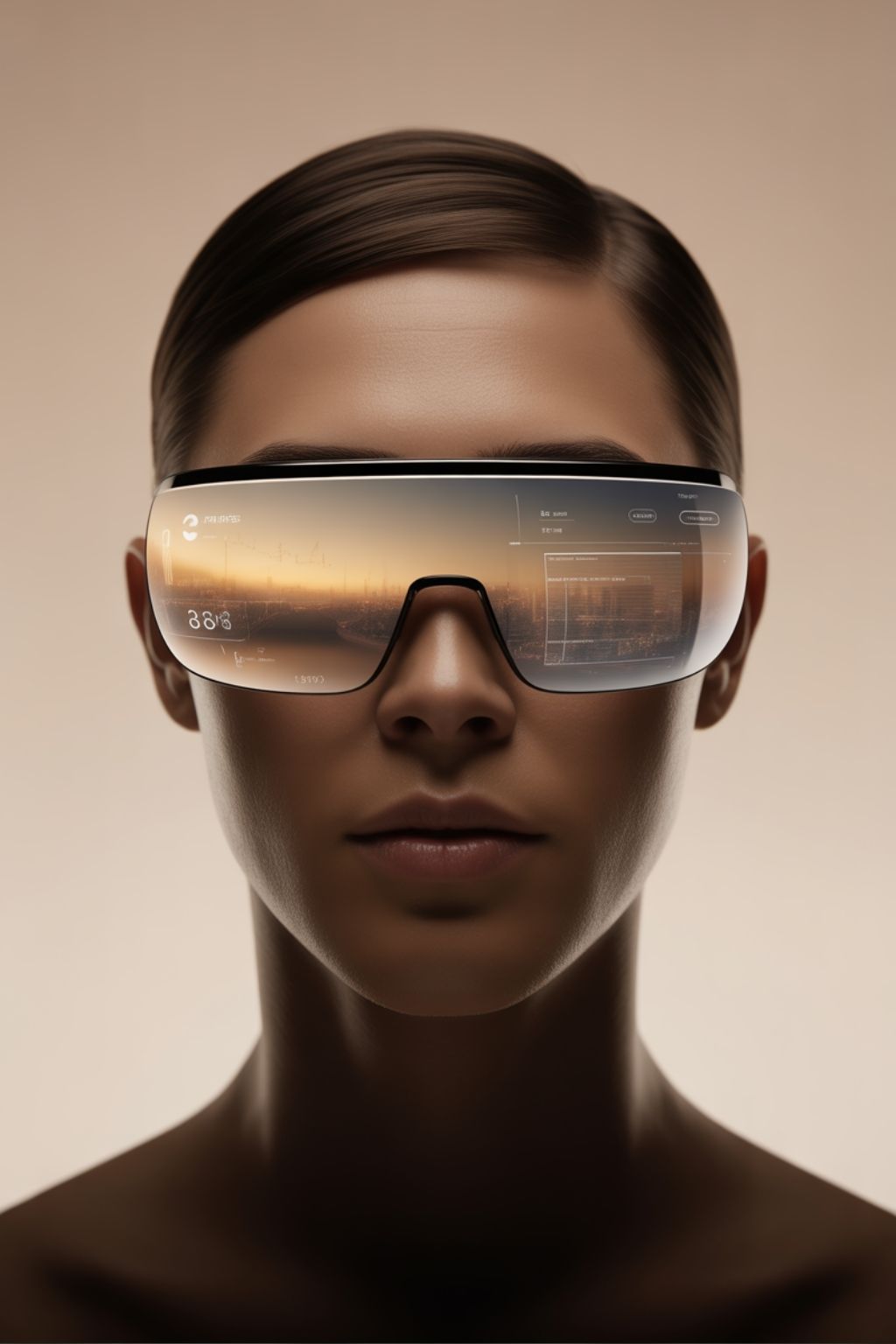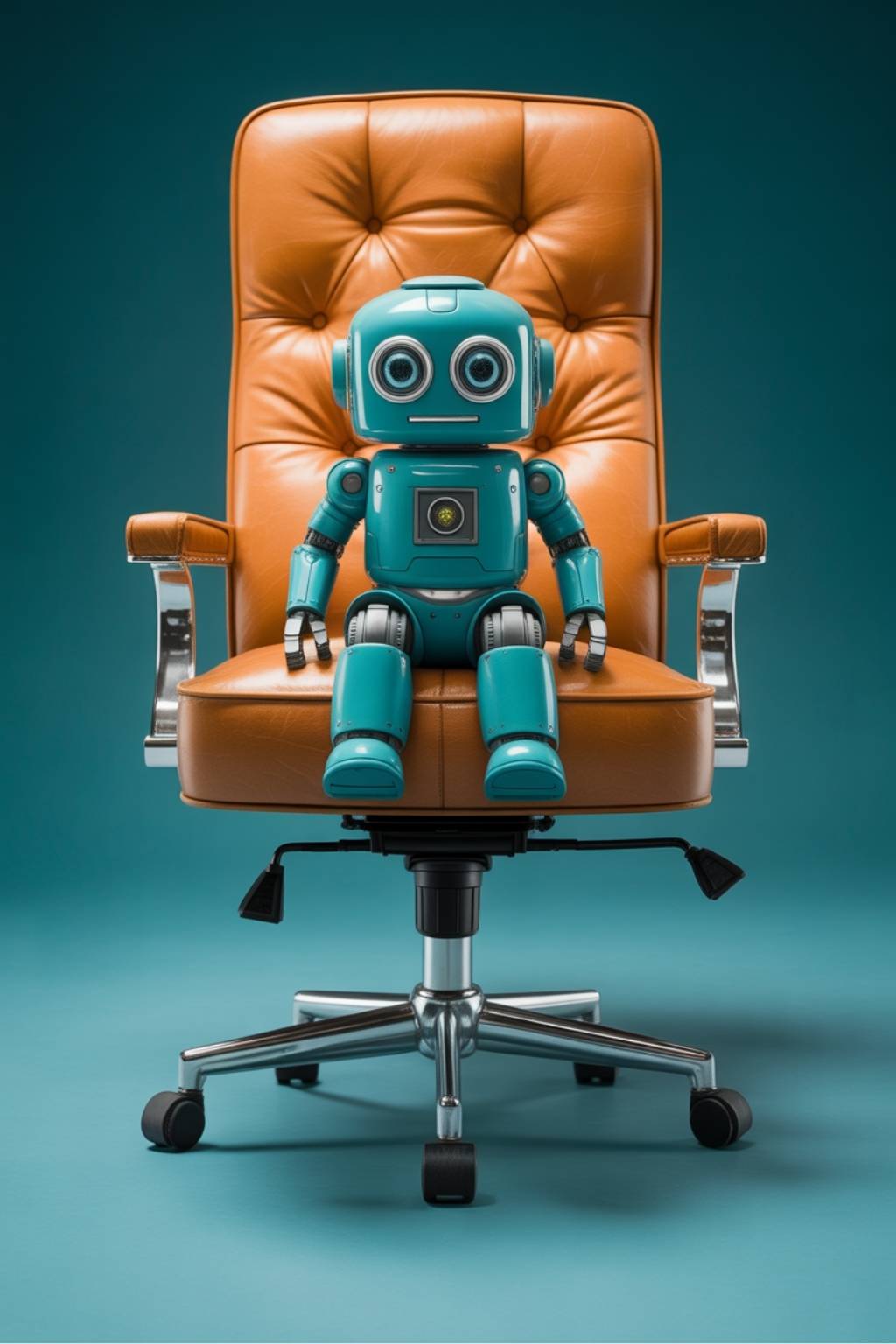Your Product Is About to Start Talking, Seeing, and Thinking
Forget the apps on your phone for a moment. The next wave of product innovation is already here, propelling us beyond the screens we hold in our hands. Products are rapidly gaining the ability to have conversations, to see and interpret the world, and to act on our behalf with minimal intervention.
This marks the shift to new, more human modalities: conversational partners, visual analysts, and autonomous agents that get things done. This change is happening much faster than previous technological shifts.
The foundational pieces for this new paradigm are not years away; they are materializing before our very eyes, with many experts pointing to 2025 as the age we entered the agentic era.
It is no coincidence that legendary Apple designer Jony Ive has re-emerged, collaborating with OpenAI's Sam Altman to design a new category of AI hardware. Visionaries like Ive aren’t just improving current devices; they are designing the next modality of interaction to be more seamless, intuitive, and human.
Just look at the headlines. ElevenLabs has released voice models so realistic they can capture subtle emotion, making digital conversations feel authentic. HeyGen can create photorealistic avatars that mimic your likeness from just minutes of video. And Meta's latest Ray-Ban smart glasses have integrated multimodal AI, allowing you to ask questions about what you are seeing in real-time. This isn’t science fiction; it is commercially available technology.
This leads to critical questions business leaders should be asking:
- What happens to your product when the interface disappears?
- And what does your service become when a customer can ask their glasses for what they need and buy it without ever touching a screen?
The New Customer Expectation: From Personalized to All-knowing Sherpa
While this futuristic shift happens, today's customers already demand more intelligence from the products they use. The expectation for a generic, one-size-fits-all experience is dead.
A staggering 91% of consumers are more likely to shop with brands that provide relevant, personalized recommendations.
With features like ‘memory’ being built into foundational models like ChatGPT, the engine for this deep personalization will soon know more about your customers than some of their own family.
Creepy? Perhaps. But it’s a clear indicator of where the market is headed. In this environment, failing to deliver an intelligent, responsive experience amounts to a critical failure to meet the market’s baseline expectations, leading directly to customer churn and lost revenue.
Make no mistake: if established companies don't move to fill this space, a new generation of nimble, AI-native startups will gladly do so.
The AI-Supercharged Path to Innovation
To build the products of tomorrow, you cannot rely on the playbook of yesterday. A modern product innovation process must be infused with AI at every stage. This framework uses AI as both the material and the tool, accelerating the path from concept to launch.
- AI-Accelerated Ideation: Don't just brainstorm; co-create with AI. Fusing generative AI with design thinking allows you to rapidly explore novel feature concepts or analyze vast sets of market data to uncover latent needs. AI can identify patterns and opportunities that human analysis might miss, helping you define a clear vision.
- AI-Driven Validation: Move beyond slow, small-scale user research. Use AI-powered tools like Reforge to analyze thousands of customer reviews, survey responses, or support tickets in minutes. You can even simulate user interactions with a concept to predict usability issues before you build a single thing.
- AI-Powered Prototyping: This is where development speed radically changes. Leverage low-code and no-code tools to generate functional prototypes in a fraction of the time. If you lack sufficient real-world data, generative AI can create high-quality synthetic data, allowing you to test and refine your model without delay.
- Intelligent Integration & Deployment: As you integrate a new feature, use AI-powered MLOps (Machine Learning Operations) pipelines to automate testing and deployment. This ensures your AI component works seamlessly with existing systems and can be updated efficiently. It is about building a system that can evolve.
- Continuous Learning with AI: The launch is just the beginning. Use AI to monitor user behavior in real-time, understand a feature's impact on key metrics, and even automate A/B testing to rapidly iterate. This approach turns your product into a living system that constantly learns from its users and gets smarter with every interaction.
The Victory: A Product That Evolves
By embracing an AI-infused process, you create a powerful virtuous cycle. An improved customer experience, driven by intelligent features, leads to greater loyalty and higher lifetime value. At the same time, the operational efficiencies gained by using AI in development free up capital and talent for the next wave of innovation. You will be building an engine for continuous, intelligent evolution.
Companies Doing It Well
Pioneers across industries demonstrate the power of this approach:
- Spotify : Its "Discover Weekly" playlists are a masterclass in AI-powered personalization. By analyzing listening habits, the AI introduces users to new music with uncanny accuracy, driving immense user engagement and loyalty.
- Lemonade : This InsurTech company uses AI bots to create a shockingly fast and simple customer experience. In one famous case, its AI processed and paid out a claim in just three seconds, a world record that shows how AI can make slow processes instant and delightful.
- John Deere : Through its "See & Spray" technology, the agricultural giant uses computer vision to distinguish crops from weeds, applying herbicide with surgical precision. This AI-driven innovation reduces chemical use by nearly 90%, delivering huge cost savings and promoting sustainable farming.
Key Business Implications
Here's what to remember:
- The Nature of Products is Changing: We are moving beyond screen-based apps to a world of conversational, agentic, and embodied AI that can see, reason, and act on our behalf.
- An AI-Infused Process is Essential: The most effective product innovation framework today infuses AI into every step, from ideation and validation to prototyping and learning, to accelerate the process and produce better outcomes.
- Focus on the Feedback Loop: The ultimate goal is to create products that learn from their users and the environment, creating a virtuous cycle of continuous improvement and customer value. This is how you win not just today, but tomorrow as well.
Like what you read? Want to learn more? Reach out to: eliot@agntcy.ai
Sign up for our newsletter.
The AI Model.
Get strategic and practical AI insights delivered to your inbox.











